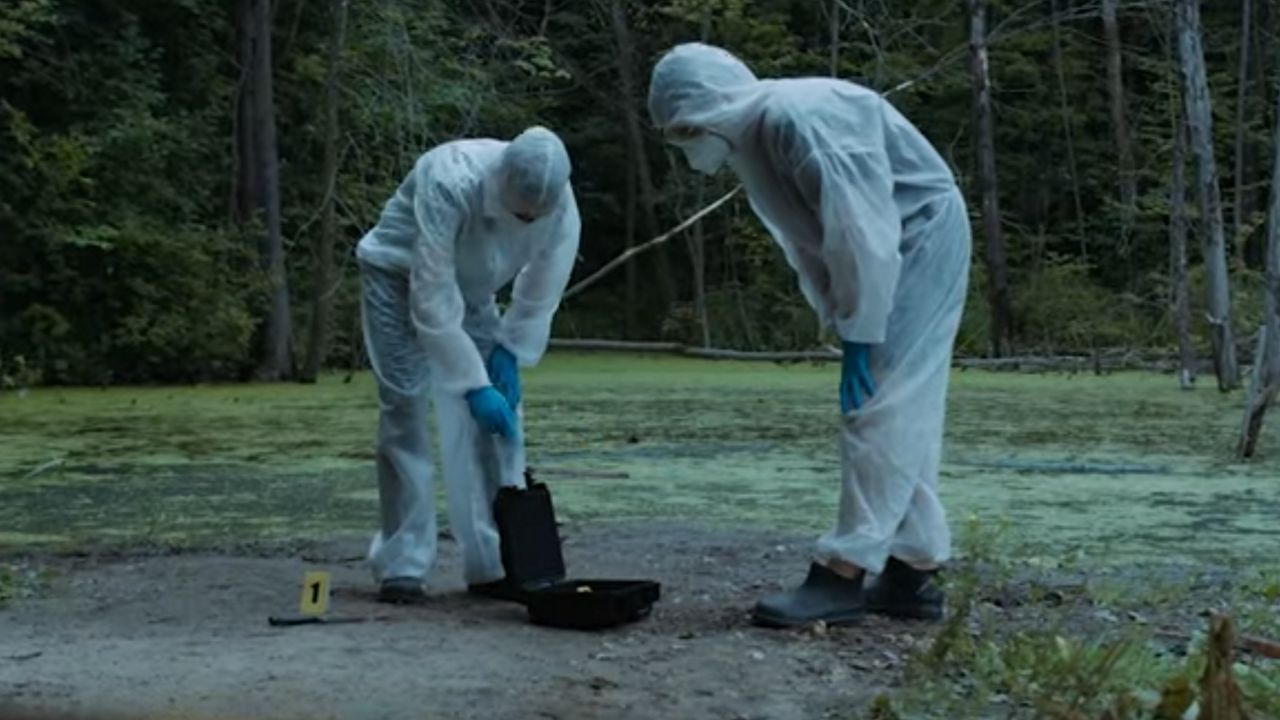In February 1988, workers found the remains of a man in an elevator shaft at 237 N. Tryon St. in Charlotte, in what is now the Dunhill Hotel. The property had been abandoned since 1981.
Thirty-five years later, the Charlotte-Mecklenburg Police Department identified the man as Oliver Doc “O.D.” Mundy, a World War II veteran born in Mooresville in 1923.
“He had kind of been down on his luck and was known to live on the streets of Charlotte around 1988,” said Detective Matthew Hefner, with the CMPD’s cold case unit.
“Our detectives then in 1988 didn’t have a lot of resources to identify a skeleton. Those remains sat in storage until 2022,” Hefner said in a video released by the department. That’s when they tried something new and sent a piece of bone off to a lab for DNA testing.

On Christmas Eve 2008, someone found partial skeletal remains of a man in a wooded area off Dixie River Road, between the airport and the Catawba River in Charlotte. The medical examiner said the case was a homicide, but the remains were not identified until September 2022.
The victim was Jose Elder Espinoza, whose family reported him missing in 2003, police said. CMPD’s cold case unit continues to investigate that homicide, police said.
In a third case, someone found human remains on Trailer Road, in north Charlotte, June 26, 2021. The medical examiner said the remains were from a man, and that there was no evidence the death was caused by trauma.
In two of these cases, police took DNA from the unknown remains and sent them to Othram Labs in Texas. Researchers in the Espinoza case used a different lab but similar techniques. The labs loaded the genetic information into a genealogy database, with DNA samples from millions of people. The DNA comes from services like 23andme and Ancestry, which test people’s DNA for health information and information about their ancestry.
With that 2021 case, a researcher sent leads to detectives in Charlotte. The investigators were able to find a close family member and compare that person’s DNA with their John Doe. In March of this year, police confirmed the remains belonged to Cody Ray Herrell, born in 1983.
“Cody was originally from South Carolina but was known to live on the streets of Charlotte,” police said in a news release. “Cody’s remains have been returned to his family for final arrangements.”
In each of these three cold cases, police used forensic genetic genealogy to identify the unknown remains. The police department worked with volunteers at the North Carolina Unidentified Project and DNA Doe Project to help identify the remains.
“This lab work was expensive,” Hefner said. Much of the funding for the testing came from the Charlotte-Mecklenburg Police Foundation.
“It is the newest, best thing we have,” the detective said. “Slowly it is changing how we do our work in the cold case unit.”
“For years, suspects we didn’t know who they were, we have their DNA. And same thing for victims, we have victims, we didn’t know who they were,” Hefner said.
CMPD’s cold case unit is still working to ID eight other people. Those remains have been found as far back as 1975.
Police departments around the country have started using these massive DNA genealogy databases to identify John and Jane Does, but also to help solve crimes.
Investigators used the DNA databases to identify the Golden State Killer, who was accused of committing more than 50 rapes and 13 murders in California from 1974 to 1986. Joseph James DeAngelo, identified through genetic genealogy, pleaded guilty in 2020.
Police also used genetic genealogy to identify the suspect in the slaying of four University of Idaho students last year.
Editor's note: This story has been updated to clarify that Othram Labs was not involved in the Espinoza case.



